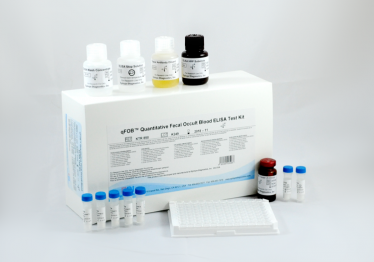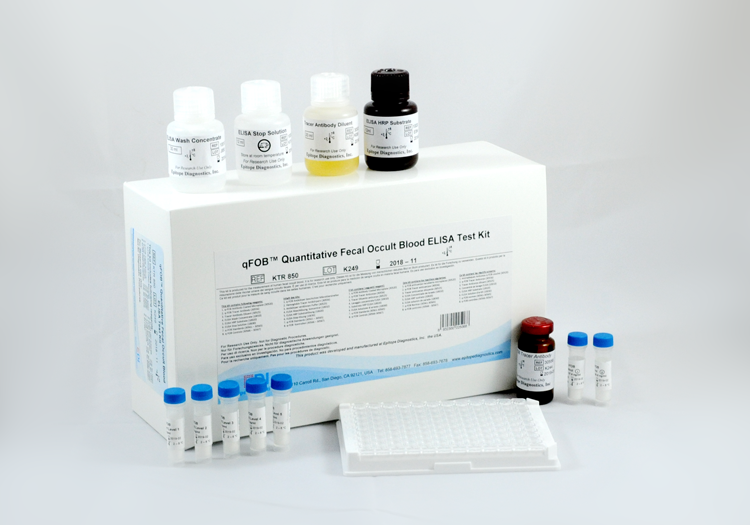| Catalog no. | SKT-045 |
|---|---|
| Target | Gastrin-17(G-17) |
| Species | Human |
| Method | Sandwich CLIA |
| Tests Per Kit | 100 tests |
| Detection | Flash AE Chemiluminescence |
| Sensitivity / LLOD | ≤0.200 pmol/L |
| Dynamic Range | *** |
| Total Incubation Time | 10 Minutes |
| Sample Type | Serum |
| Sample Volume | 50 µL |
| Storage Temperature | 2-8 °C |

